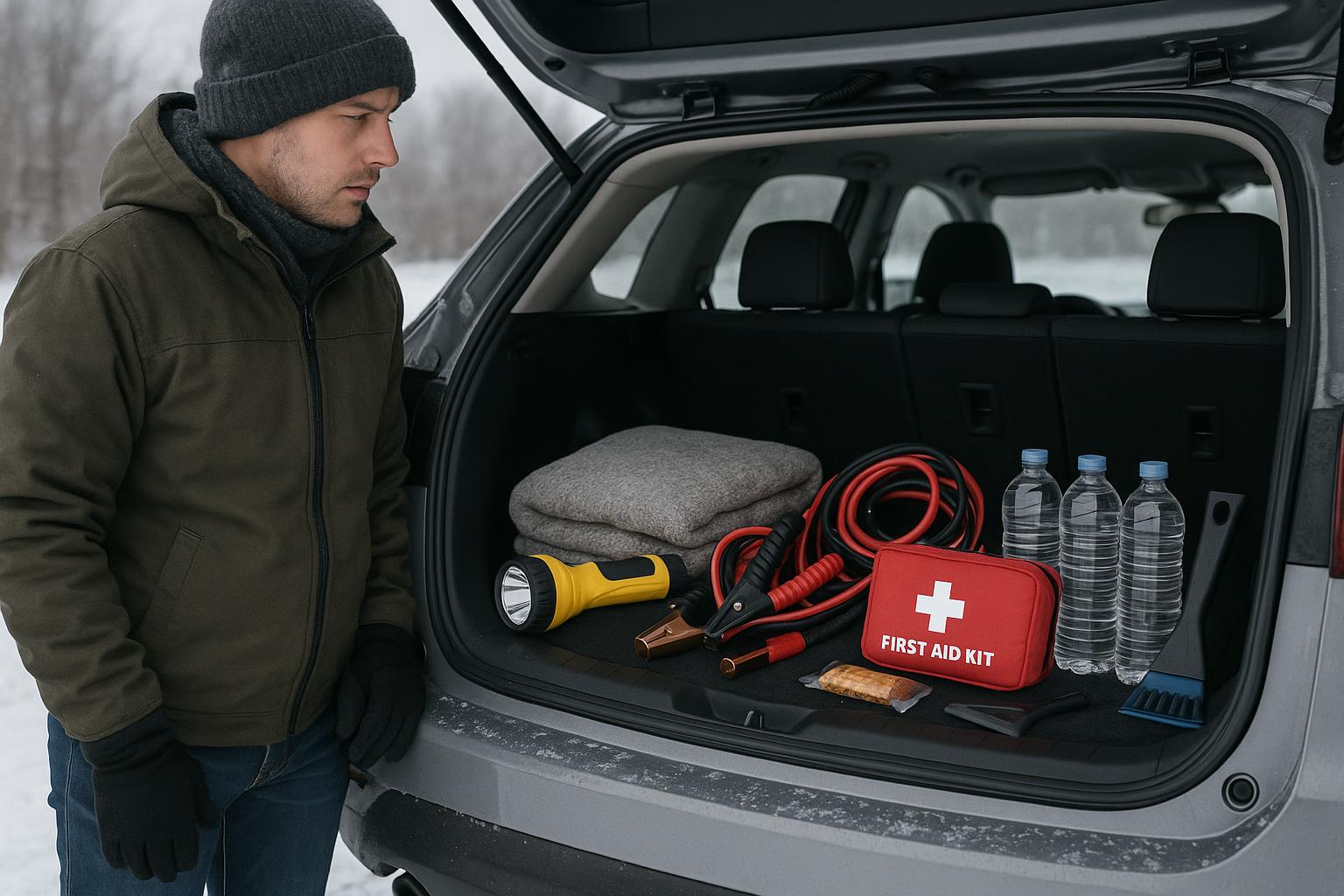Understanding the Crucial Role of Temperature and Humidity Sensors
Temperature and humidity sensors play a vital role in various industries, helping to maintain optimal conditions and ensuring the smooth operation of numerous processes. These sensors are indispensable tools in fields ranging from agriculture to manufacturing, contributing to efficiency, safety, and quality control.
Importance in Agriculture
In agriculture, temperature and humidity sensors are essential for monitoring the environmental conditions that affect crop growth. Farmers rely on these sensors to provide accurate data on the microclimates within their fields and greenhouses. By maintaining the right temperature and humidity levels, they can optimize growing conditions, prevent crop diseases, and increase yields. This precise control helps in reducing water usage and minimizing the need for chemical interventions, promoting sustainable farming practices.
Role in Manufacturing
The manufacturing industry also benefits significantly from the use of temperature and humidity sensors. These sensors ensure that production environments meet the stringent requirements needed for various processes. In industries such as pharmaceuticals, food processing, and electronics, maintaining controlled environmental conditions is critical to ensuring product quality and safety. Sensors help in detecting any deviations from the desired conditions, allowing for immediate corrective actions to be taken, thereby reducing waste and enhancing product reliability.
Enhancing HVAC Systems
Temperature and humidity sensors are integral components of modern Heating, Ventilation, and Air Conditioning (HVAC) systems. They help in regulating indoor climate conditions, ensuring comfort, and improving energy efficiency. By accurately measuring indoor air quality, these sensors enable HVAC systems to adjust heating, cooling, and ventilation in real-time. This not only enhances occupant comfort but also reduces energy consumption, leading to lower operational costs and a smaller environmental footprint.
Applications in Data Centers
Data centers house critical IT infrastructure that requires precise environmental control to function optimally. Temperature and humidity sensors in data centers monitor conditions to prevent overheating and excessive humidity, which can damage sensitive equipment. These sensors provide real-time data that helps in maintaining the ideal environment for servers and other hardware, ensuring reliability and longevity. Effective environmental monitoring in data centers also aids in optimizing cooling systems, reducing energy usage, and enhancing overall operational efficiency.
Importance in Healthcare
In healthcare settings, maintaining the right temperature and humidity levels is crucial for patient safety and comfort. Sensors help in controlling these environmental factors in hospitals, clinics, and laboratories. For instance, operating rooms require stringent control over temperature and humidity to prevent infections and ensure the proper functioning of medical equipment. Additionally, these sensors are vital in the storage of pharmaceuticals and biological samples, ensuring that they are kept under optimal conditions to maintain their efficacy and safety.
Conclusion
The role of temperature and humidity sensors extends across various industries, highlighting their importance in maintaining optimal conditions, enhancing efficiency, and ensuring safety and quality. From agriculture to healthcare, these sensors provide critical data that supports better decision-making and operational control. As technology continues to advance, the accuracy and functionality of these sensors will only improve, further underscoring their indispensable role in modern industry and everyday life.



